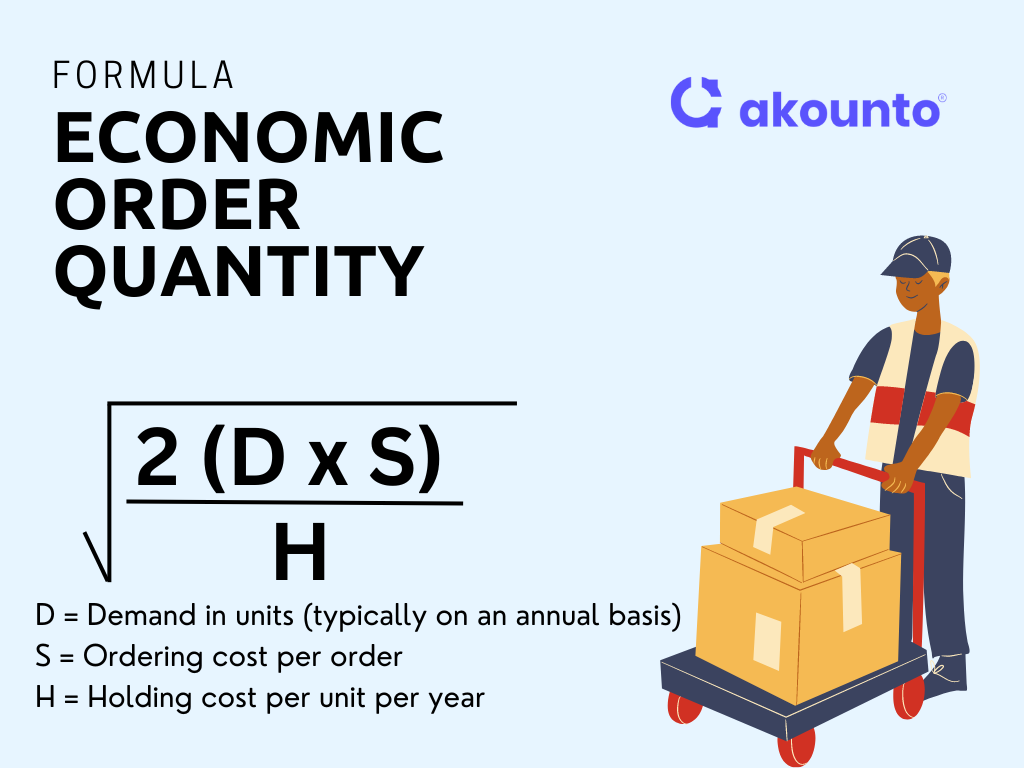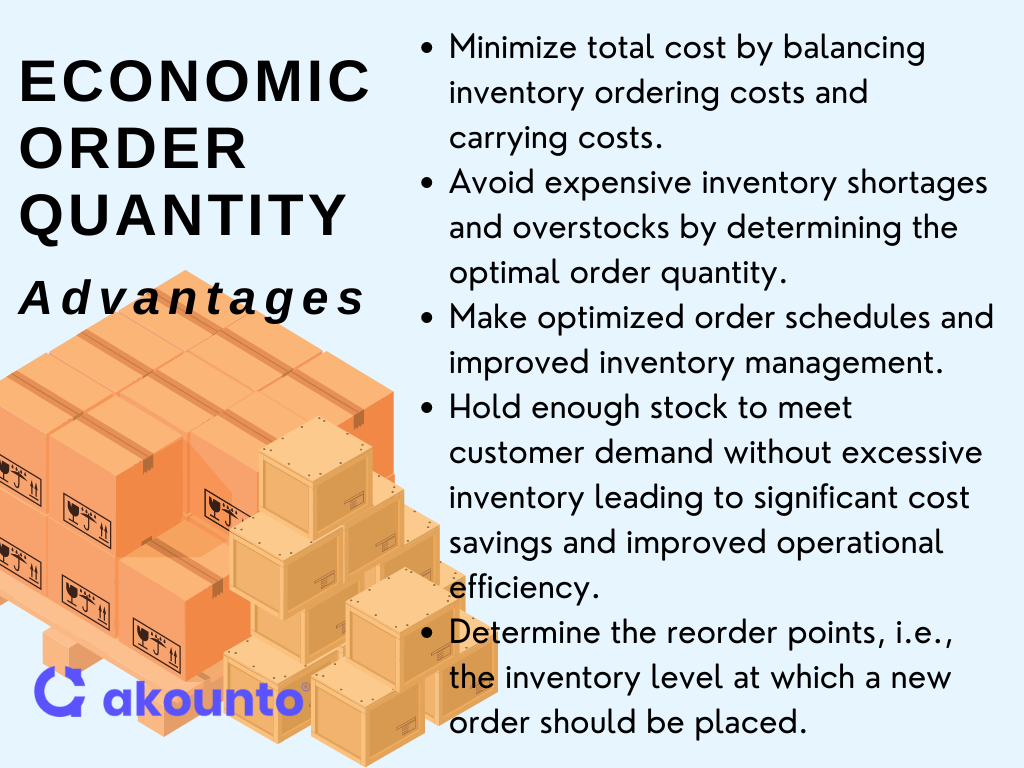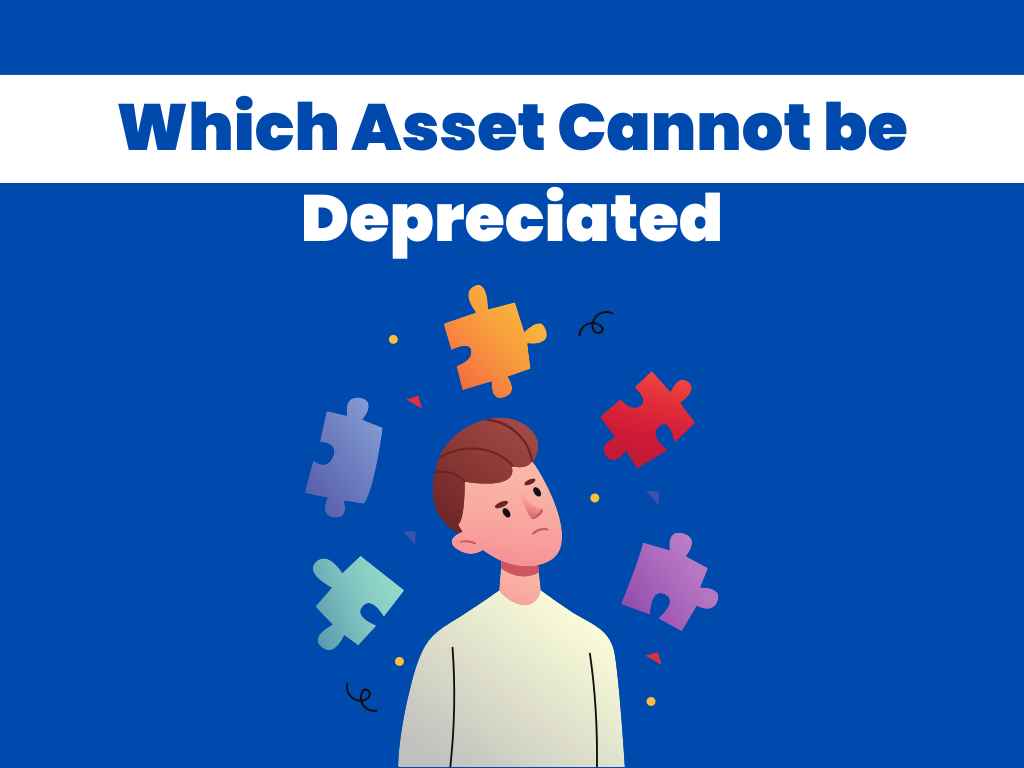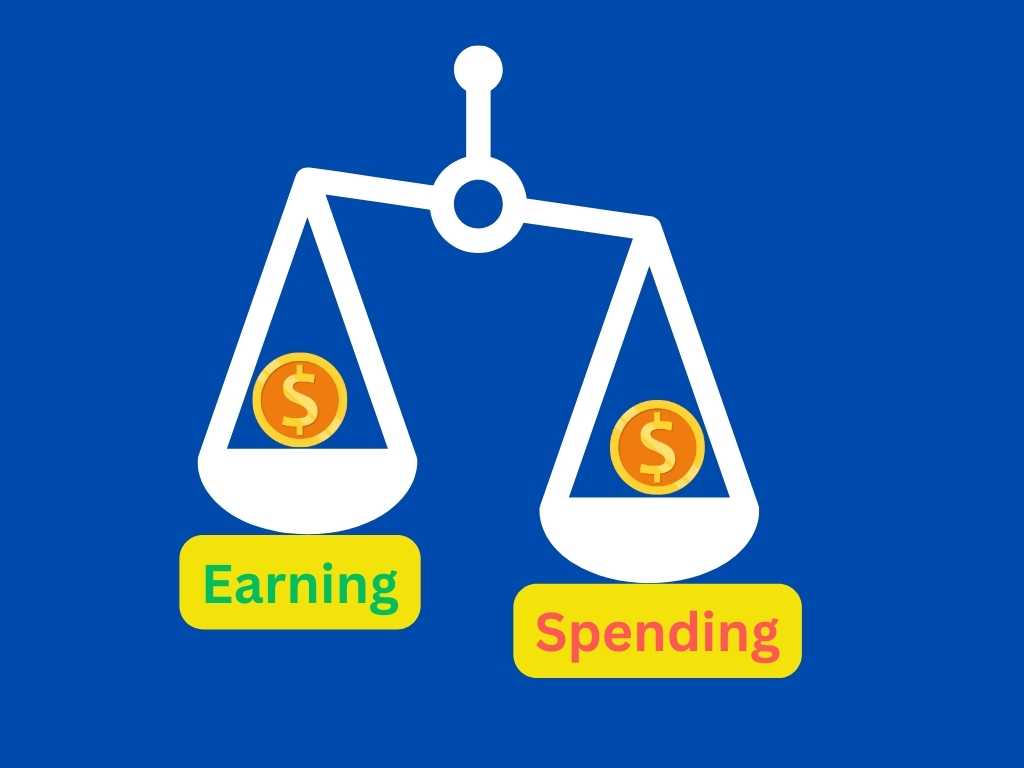Understanding Economic Order Quantity
Economic Order Quantity (EOQ) represents the ideal inventory quantity a business should order to minimize its total inventory costs.
What’s covered in the article
Total inventory costs include holding costs, order costs, purchase costs, shortage costs, etc.
EOQ model helps inventory management where the demand is met without running out of stock. The EOQ model aims to maintain a level of inventory where production requirement is met without holding excess inventory. This helps to save holding costs and is specifically helpful when a company has to hold perishable inventories.
The economic order quantity frees the money tied up in holding excess inventory, thereby improving cash flow and operational efficiency.
The annual holding cost is a significant factor in calculating EOQ. This cost remains constant for each unit of inventory held over a specific period. Managing this cost-effectively is crucial, especially for businesses with perishable inventories or expensive raw materials.
EOQ: Associated Terminology
Quantity Discount
Another vital aspect of EOQ is the consideration of quantity discounts, which are like a double-edged sword. Quantity discounts offered for bulk order helps reduce the price per unit. While quantity discounts can reduce unit costs, they can also lead to higher holding costs if the business has excess inventory.
Reorder Point
Reorder points are the inventory levels at which a new order should be placed. A reorder point is a trigger mechanism where the order for the inventory will be sent as soon as the current levels are critical.
In modern inventory management systems where automation and QR codes are used to track inventories, the order is automatically placed once the reorder level is reached. The reorder level has a margin of safety included to counter any emergencies.
Holding Cost
Holding costs (carrying costs) refer to the costs incurred for holding and storing inventory over a specific period. Here are some types of holding costs:
- Storage costs: Rent or mortgage payments for the warehouse or storage facility, utilities, insurance, security, and maintenance.
- Inventory handling costs: Labor costs, equipment costs (such as forklifts or pallet jacks), etc.
- Opportunity costs are calculated based on the potential return on investment (ROI) that could have been achieved with the funds tied up in inventory.
- Obsolescence costs: Costs of scrapping, storage of obsolete items, and potential losses due to decreased value or demand for outdated inventory.
- Deterioration and spoilage costs: Managing and monitoring the inventory to prevent spoilage. This includes costs of quality control, monitoring expiration dates, and potential losses due to spoilage or damage.
- Capital costs: Interest payments on loans, opportunity costs of not investing the capital elsewhere, or financing inventory.
Importance
The Economic Order Quantity (EOQ) helps optimize a business’s inventory management by determining the optimal number of items a business should order to minimize costs associated with inventory. This balance between ordering and holding costs is where the EOQ model shines.
The EOQ model helps businesses balance these costs, ensuring neither becomes a burden.
The optimal EOQ ensures that a business has enough stock to meet demand without holding excessive inventory. This balance is vital in maximizing profits and improving operational efficiency. Businesses can free up resources for other operational areas by reducing unnecessary inventory and enhancing their profit margins.
The EOQ model is particularly important for businesses with fluctuating demand. It allows them to adjust their ordering strategy based on changes in demand, ensuring they always have an adequate supply without overstocking. Overstocking can also lead to obsolete inventory apart from holding funds.
The EOQ model helps businesses maintain the right amount of stock, reduce costs, and ultimately, increase profitability. The importance of EOQ in inventory management cannot be overstated, as it directly impacts a business’s bottom line.
EOQ and Inventory Management
The EOQ model is vital in the inventory management toolkit. It helps businesses optimize inventory levels, reduce costs, and improve operational efficiency.
On the one hand, businesses must ensure they have enough stock to meet demand. On the other hand, they must avoid overstocking, which can lead to high inventory holding costs.
By calculating the optimal order quantity, businesses can ensure they have sufficient stock to meet demand without excessive inventory leading to cost savings and improved operational efficiency.
The EOQ model can be valuable for businesses with fluctuating demand. By adjusting their order quantity based on changes in demand, businesses can ensure they always have an adequate supply without overstocking. This flexibility can benefit businesses dealing with seasonal demand or rapidly changing market conditions.
Calculating Economic Order Quantity

The Economic Order Quantity (EOQ) is a fundamental concept in inventory management that helps businesses determine the most cost-effective quantity of a product to order. Calculating EOQ involves understanding its formula and applying it to real-world scenarios.
EOQ Formula
The economic order quantity formula calculates the optimal quantity to minimize total inventory costs. These costs include ordering costs, which are the costs associated with placing an order, and holding costs, which are the costs of storing inventory.
The economic order quantity formula is as follows:
EOQ = √((2DS)/H); where:
D = Demand in units (typically on an annual basis)
S = Ordering cost per order
H = Holding cost per unit per year
Examples
Example 1
A retail store has an annual demand for a particular product of 2000 units. The cost of placing an order is $50, and the holding cost per unit per year is $2. Calculate EOQ.
Solution
Using the EOQ formula, the optimal order quantity would be √((2200050)/2) = 100 units.
The store should order 100 product units simultaneously to minimize the total cost of inventory.
Example 2
A manufacturing company produces high-tech devices and requires a specific component. The annual demand for this component is 10,000 units. The cost of placing an order, which includes shipping and handling, is $200. The holding cost per unit per year, which includes storage and insurance, is $10. Calculate EOQ.
Solution
Using the EOQ formula, the optimal order quantity would be √((210000200)/10) = 632 units. This suggests that the company should order 632 component units at a time to minimize the total cost of inventory.
Example 3
A large restaurant chain requires a certain type of exotic spice for its dishes. The annual demand for this spice across all its locations is 18,000 units. The cost of placing an order, which includes customs and import charges, is $500. The holding cost per unit per year, which includes storage in a temperature-controlled environment, is $20.
Solution
Using the EOQ formula, the optimal order quantity would be √((218000500)/20) = 1,341 units.
This indicates that the restaurant chain should order 1,341 spice units simultaneously to minimize total inventory costs.
Advantages

- Cost Optimization: EOQ helps businesses minimize their total cost by balancing inventory ordering costs and carrying costs. This balance ensures that neither cost becomes a burden.
- Inventory Management: EOQ helps businesses avoid expensive inventory shortages and overstocks by determining the optimal order quantity. This leads to more optimized order schedules and improved inventory management.
- Demand Fulfillment: The EOQ model ensures businesses have enough stock to meet customer demand without excessive inventory leading to significant cost savings and improved operational efficiency.
- Reorder Points: EOQ also helps determine the reorder points, i.e., the inventory level at which a new order should be placed. This ensures that businesses always have an adequate supply to meet demand.
Limitations
- Constant Parameters: Economic order quantity method assumes that demand, order cost, and carrying cost remain constant. However, in the real world, these factors can fluctuate.
- Quantity Discounts: Economic order quantity does not consider quantity discounts suppliers offer for bulk orders. This can lead to suboptimal order quantities.
- Predicting Demand: Economic order quantity calculation relies on accurate demand forecasting. If the forecasted demand is inaccurate, the results of calculating economic order quantity will be misleading.
- Fixed Costs: The model assumes that ordering and holding costs are fixed. However, these costs can vary based on supplier relationships, storage, and market conditions.
Conclusion
The Economic Order Quantity (EOQ) model helps businesses balance ordering and holding costs, optimize inventory levels, and effectively meet customer demand. Despite its limitations, the benefits of implementing the EOQ model can lead to significant cost savings and improved operational efficiency.
Visit Akounto blog to know more about accounting and financing subjects.











